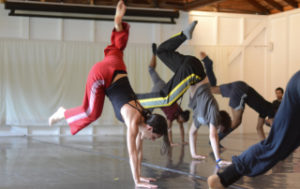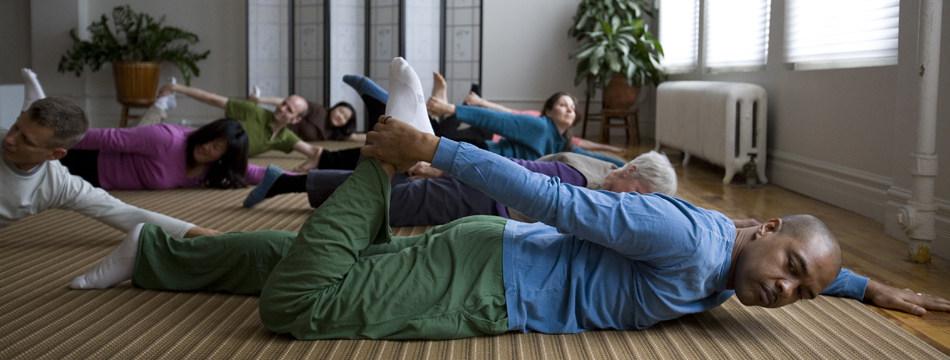In Being Energy, we consider movement as the departure point for enhancing the awareness of who we are and how we relate to the world around us. When we talk about movement, we refer not only to the physical act of moving our limbs, for example, but also to the mental attention required to know which leg we’re moving first, if right or left, or the breathing pattern associated with the way we move our right leg versus our left, and the memories and emotions stored in past experiences, and, most importantly, the perception of ourselves moving through space.
Carlos Castaneda inspired and encouraged me to practice movement daily—to make it a “must do,” with the purpose of finding the trail of energy that aligns all the parts of myself into one single energetic unit. He urged me to connect to the core, or to the alignment of all of what I am through movement. The seers of ancient Mexico characterized us are luminous beings held together by a vibratory force that they referred to as “intent”—the same force that holds stars in place.
Physical movement done with attention and purpose, he said, can forge the link to our vibratory force, the core of who we are as physical and energetic beings. Movement can lead to states of high alertness and awaken consciousness, creating an alignment of the whole self, our physical tangible parts and our energetic invisible parts.
Some professional athletes dramatically exhibit this kind of connection, such as an ice dancer flipping and turning in the air, landing powerfully, with grace, giving a breathtaking and breath-giving moment to all of us watching it!
But we don’t need to be a pro athlete to experience a connection to our center and sustain it as we go through daily life. There is something called “somatic education,” meaning that we can learn to sense and feel through movement, which is a beautiful way to start the journey.
Somatic education supports this exploration of knowing ourselves as energy first. I studied and taught somatic education for more than a decade, and observed its many benefits, including the personal experience of it helping me to heal unhealthy psychological-motor patterns and develop a clearer experience of myself as grounded and connected to my whole self. For example, I learned to stand up without projecting my lower ribs forward (a habit that had caused chronic back pain) and to free my breath by lifting the arches of my feet and to think and perceive without the unnecessary facial contortions, like frowning or raising my eyebrows.
I’d like to share with you an article about somatic education by Tomas Hanna. It is an introduction to what it is, where it came from, its pioneering teachers and its contribution to the field of health and consciousness. In Hanna’s own words, somatic education “is the use of sensory-motor learning to gain greater voluntary control of one’s physiological process. It is ‘somatic’ in the sense that the learning occurs within the individual as an internalized process.
Somatic educuation is based on self-teaching, self-learning, self-healing, and self-regulation. We find the “what” and the “how” through exploration and paying attention as we move through space, as we EXPERIENCE OURSELVES. There are several schools and methods of somatic education, which include:
Most of the explorations involve sensory perception and movement as the means of increasing one’s own awareness.
To learn more about movement, watch our videos.
There is so much more to be said about somatic education, but I hope this is an interesting start for you! Aerin


